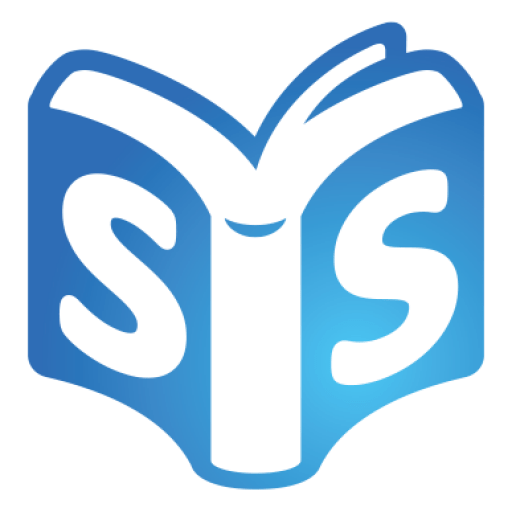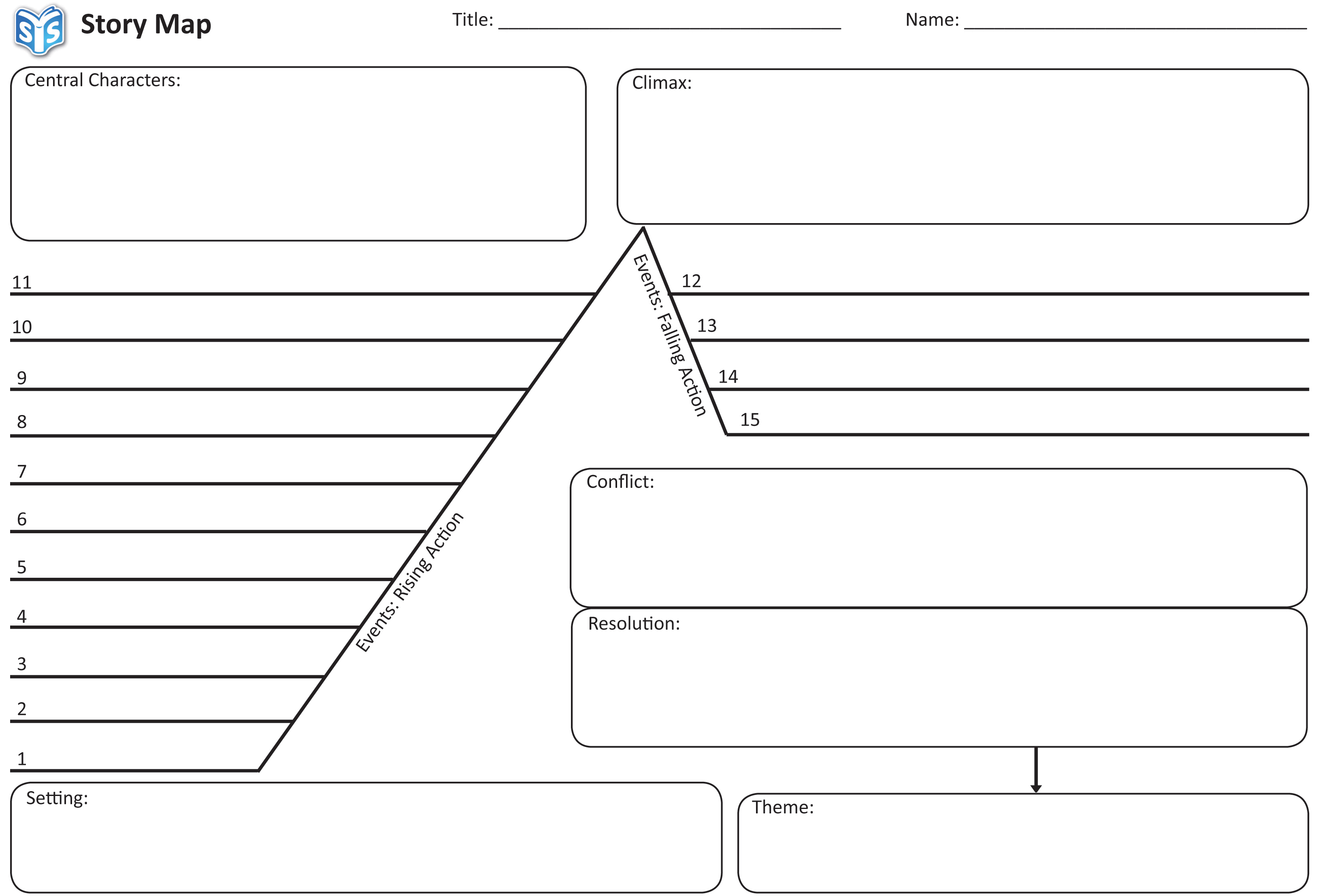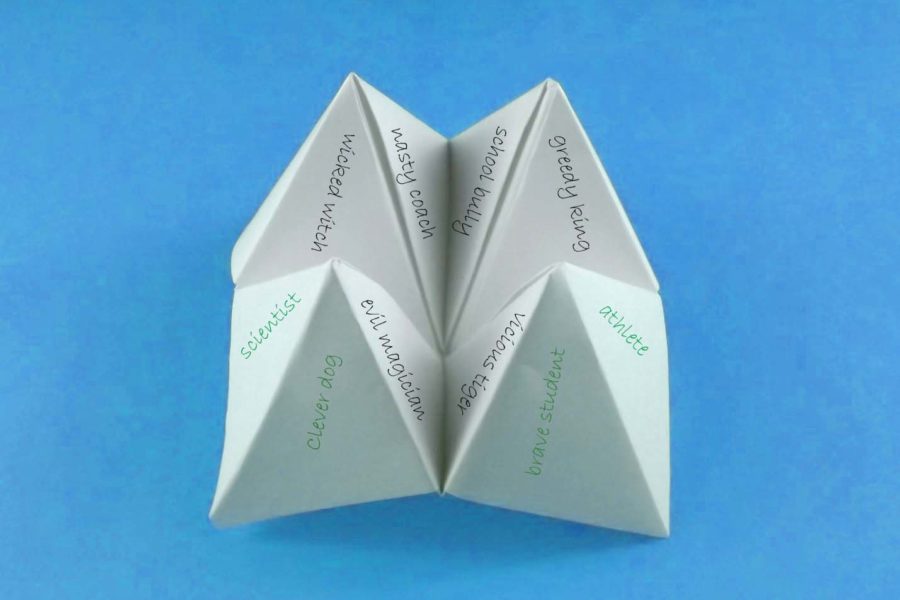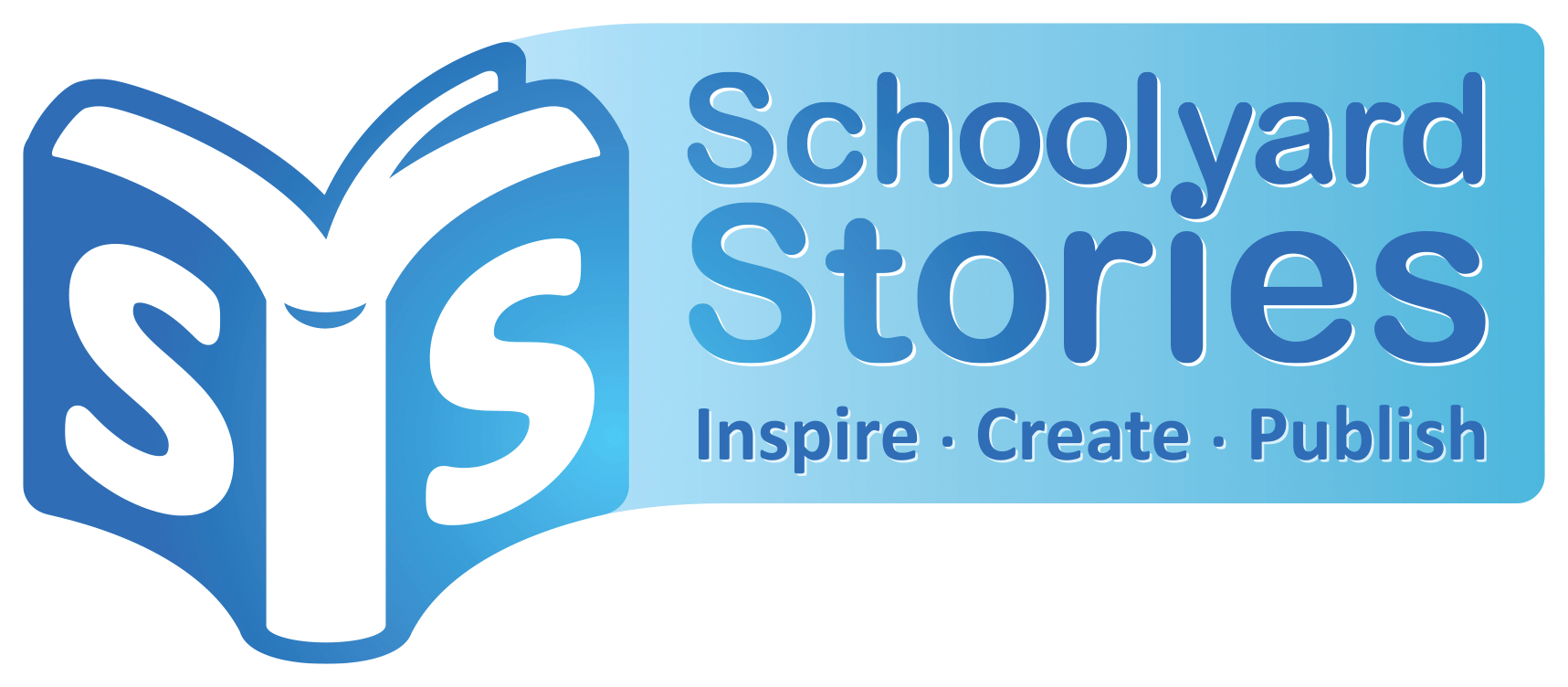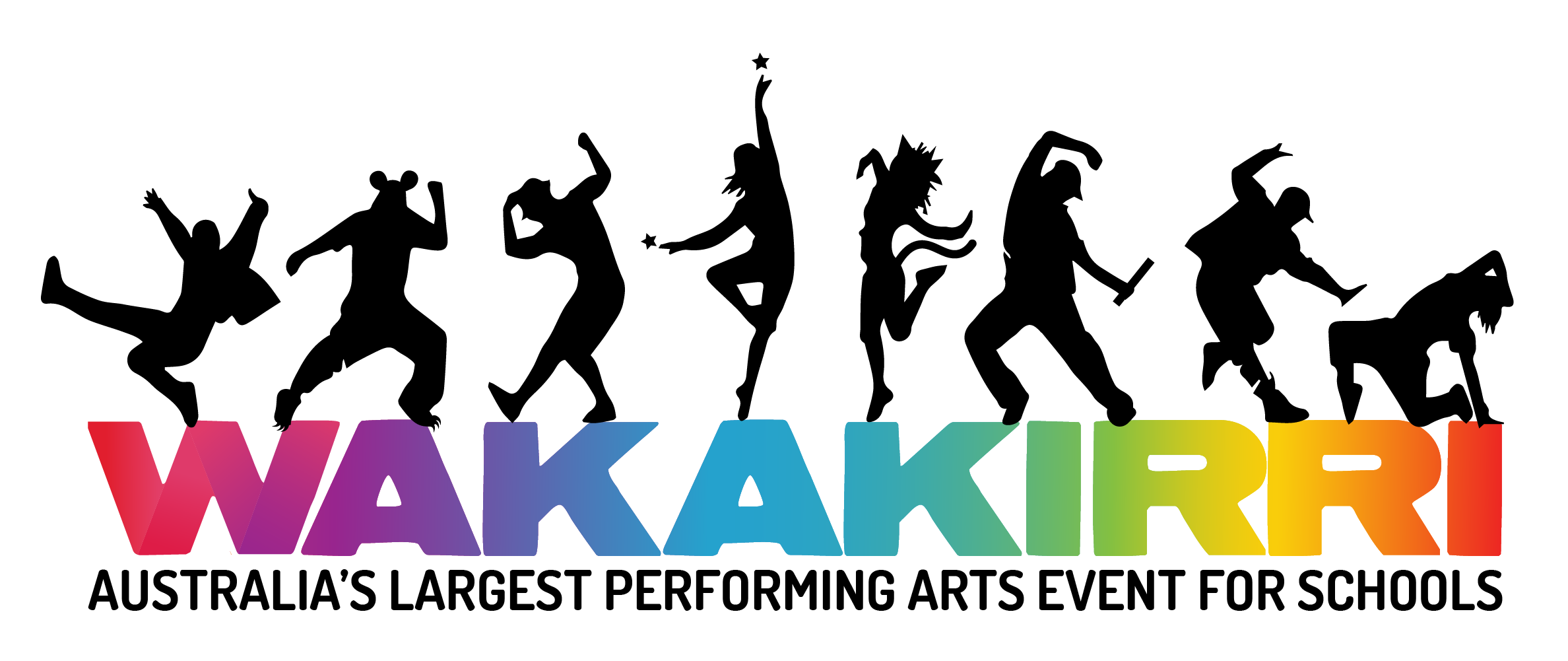“CREATE A STORYBOOK” is series of useful tips and tools for creating picture storybooks. These simple ideas are great for budding authors of any age. I also hope that all your hard working creative writers and teachers will find this free Story Map to be a useful time saving tool.
Story Structure
Every story follows a simple structure. There is a beginning a middle and an end. Story maps are a visual representation of the most important parts of a story. They can help a writer organise thoughts and are also useful in helping students understand a story they may be studying. At great place to start your creative process is to study your favourite storybooks. By mapping out the characters, plots, setting, conflict and resolution, of your favourite books, you’ll begin to understand what makes a great story and it may help spark some ideas of your own.
Just Write
As Louis L’Amour said, “Start writing, no matter what. The water does not flow until the faucet is turned on.” Even if you don’t have (what you consider to be) great ideas, jot them down, then pick one and build on it. The great thing about a story map is you can start anywhere you like. You may not know your protagonist yet, but you know what the conflict is. From there, your ideas will start to develop. The main character may develop after you solve the problem. The point is, if you don’t start, you won’t finish. Your story map will help you avoid getting lost and guide you through your writing.
The Beginning
The beginning is where you set the scene and introduce the reader to your characters. Your character description may include a back story. Your setting maybe in the past, present or future. If your world is imaginary, create rules and stick to them. Here is where you orient your reader and make them care about the characters and what happens to them. You want your reader to keep reading.
The Journey
The journey usually begins when there is conflict, but solving the problem shouldn’t be easy. Ideally, as your story develops the tension should rise. The “rule of threes” is very useful here. The rhythm and simplicity of threes appeals to readers and is believed to make a story more memorable. The Three little pigs, Goldie Locks and the Three Bears, The Three Billy Goats Gruff are just some examples. Think of the main events in your story happening in threes and building to your peak.
The Climax
The climax is the turning point of your story. It is when the problem is solved, one way or another. Children’s books often have happy endings, but they don’t have to be predictable. One of my favourite picture books is The Paper Bag Princess by Robert Munsch. Our princess doesn’t end up marrying her prince, but she lives happily ever after without him.
The Resolution
This is where conflicts are resolved, and loose ends are tied up. There is often a moral or a lesson to be learned. Just remember that a resolution doesn’t have to provide all the answers. A great story will allow the reader’s imagination to take over and may even leave room for a part two.
I hope this was useful and inspiring. Don’t forget to download your free printable Story Map.
